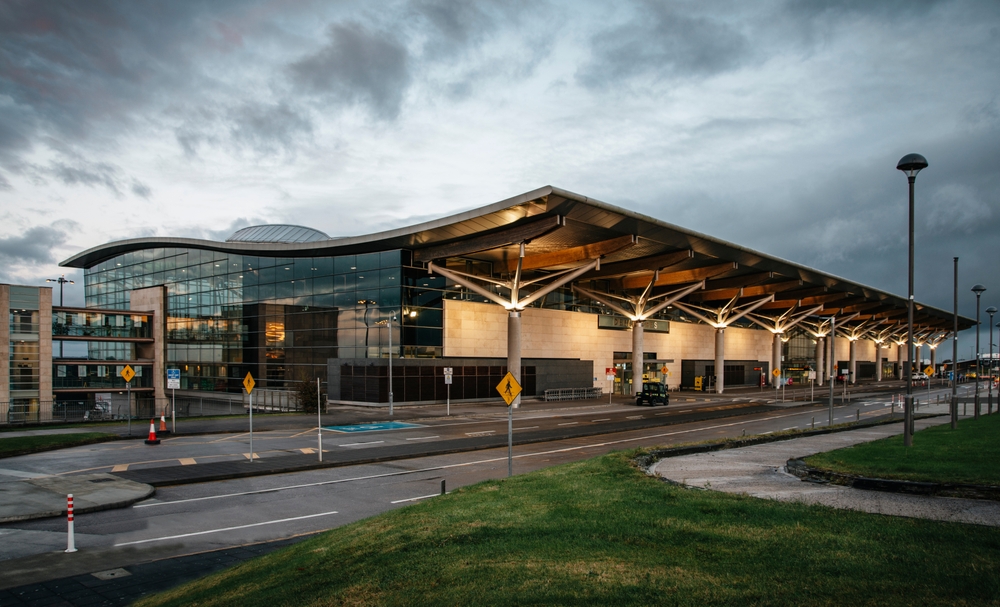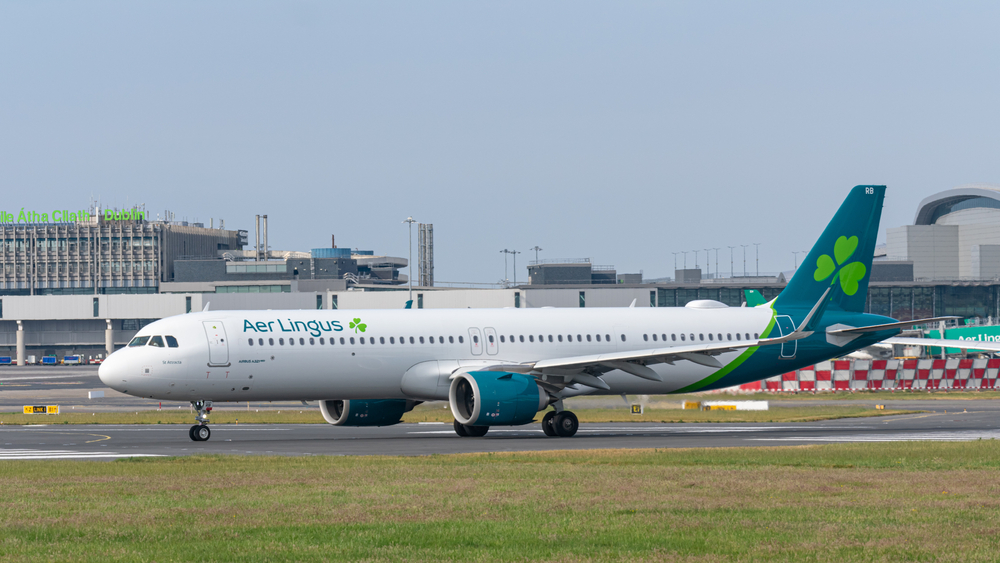The operator of both Dublin and Cork airports in the Republic of Ireland has announced that traffic through both airports is on the rise. Indeed, Cork Airport (ORK), located in southern Ireland, is heading for its busiest year on record.
Passenger numbers at Cork Airport are set to hit 2.75 million this year, a new record. In November 2023, 191,000 passengers traveled through the airport, up 14% on the same month last year.
Meanwhile, the latest figures from daa, which owns and operates both Cork and Dublin (DUB) airports, show that almost 2.2 million passengers passed through the doors of Dublin Airport last month, up 4% on the same month the previous year. A further 102,000 transfer and transit passengers used Dublin Airport during the month.
The latest traffic data released by daa shows that the busiest day of travel at the two airports in November was November 5, the final day of the mid-term school holidays in the country. Almost 98,000 passengers passed through Dublin Airport that day, while nearly 10,000 passengers flew to and from Cork Airport.
According to other details revealed by daa, 95% of passengers at Dublin Airport passed through security screening in under 15 minutes in November, with 99% going through in less than 20 minutes. At Cork airport, 97% cleared security in less than 15 minutes, and 99% in less than 20 minutes.
The airport authority is already looking ahead to a bumper end to the year for both airports, as well as further beyond. However, growth at Dublin is likely to be restricted while a local authority-imposed capacity cap remains in place.
“Mid-December will also see a new Infrastructure Application submitted to Fingal County Council, which would enable Dublin Airport to grow beyond the current 32 million passenger cap,” said Kenny Jacobs, the CEO of daa.
“As it stands, that application is likely to take at least two years to be approved, which will result in stalled growth at Dublin Airport in both 2024 and 2025,” he added.

Jacobs said the new planning application will look for an increase in the passenger cap. It will also seek permission to build more modern and sustainable infrastructure, which is needed to reduce Dublin Airport’s scope two emissions and meet its target of being net zero for carbon by 2050.
DAA said the carbon per passenger at Dublin Airport was 0.84kg in November, down 4% on the 2022 performance. It said this data relates to the airport’s scope One and Two emissions and is a rolling annual average carbon figure.
“Independent analysis has found that keeping the current 32 million cap would lead to Ireland forgoing an additional 17,800 jobs and €1.5 billion ($1.65 bn) in Gross Value Added (GVA) by 2030,” said Jacobs. “By 2055, the number of jobs lost to Ireland would be 53,300, while €4.4 billion ($4.84 bn) would be lost in GVA to the Irish economy. We simply need to build for Ireland’s future population and economic growth,” he added.
Jacobs said that daa will continue discussing with airlines about their schedules for next spring, summer, and beyond to ensure that passenger numbers for 2024 will remain below the 32 million level cap.
“Until planning permission to grow beyond 32 million passengers is granted, daa will have to manage the passenger capacity to ensure that current planning restrictions are not breached,” he added.
In September 2023, Dublin-based Ryanair announced that it would pull 17 routes from Dublin and redeploy 19 Boeing 737s from Dublin Airport to other bases. While the airline is unhappy with rising taxes and operating fees being imposed on airlines at the airport, the carrier is also reportedly having its growth plans frustrated by the airport’s capacity cap.

